If you want to protect yourself from
dangers in the workplace you need to wear Personal Protection Equipment (PPE)!
Whether you work in a factory, construction site or laboratory, you always need
to wear the correct PPE to avoid injuring yourself or exposing yourself to
anything dangerous.
For affordable PPE, including safety wear
and equipment, visit L&A Safety’s website or pop into one of their stores
in Cape Town, Robertson or Vredenburg.
If you’re not careful, there can be a
negative side to wearing PPE, especially if you use it improperly…
It
can give you a false sense of security
A false sense of security can be dangerous
and even deadly! Just because you are wearing your PPE doesn’t mean you cannot
be harmed, accidents can still happen. Workers who wear PPE and believe they
are completely protected can be careless when it comes to handling chemicals,
electricity and other dangerous objects.
It
can create hazards
PPE doesn’t fit everyone the same, it is
not one size fits all, so you need to wear the PPE that is specifically
designed for your work. If you wear the wrong PPE protection or the incorrect
size then you are putting yourself in harm’s way.

Pre-contact vs. point-of-contact
PPE protects workers during
point-of-contact hazards, such as exposure to ultraviolet light or contact with
dangerous acid. Yes, PPE improves worker safety by reducing the risk of injury,
but it doesn’t eliminate the hazard! Pre-contact controls are essential to
improving worker safety as they eliminate hazards completely.
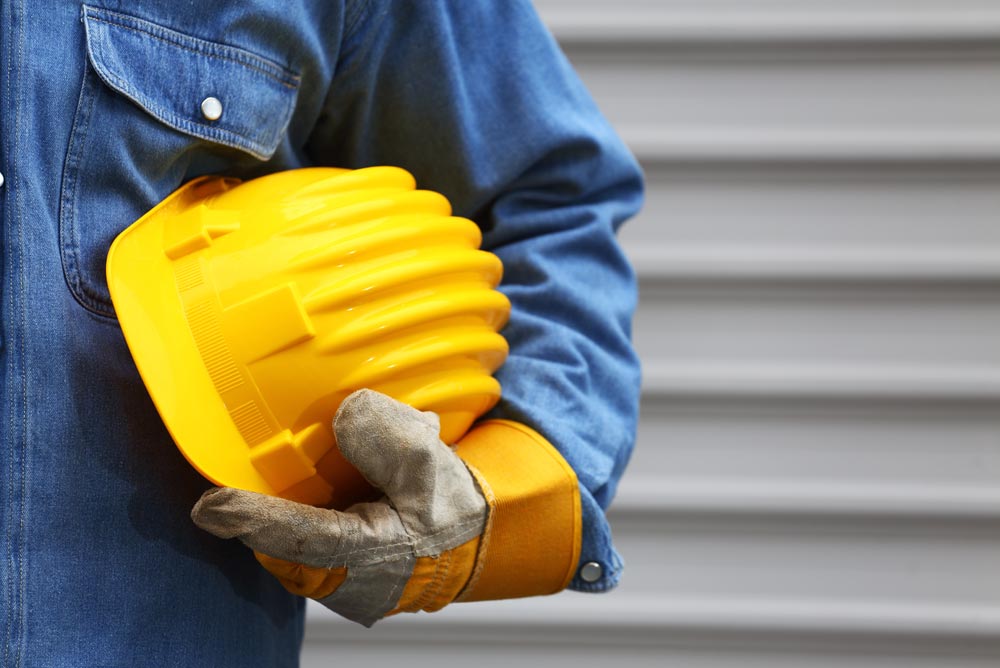
PPE includes hard hats, helmets, safety
boots, gloves and masks as well as hearing protection and so much more – always
wear the correct PPE and plan out your PPE program carefully.






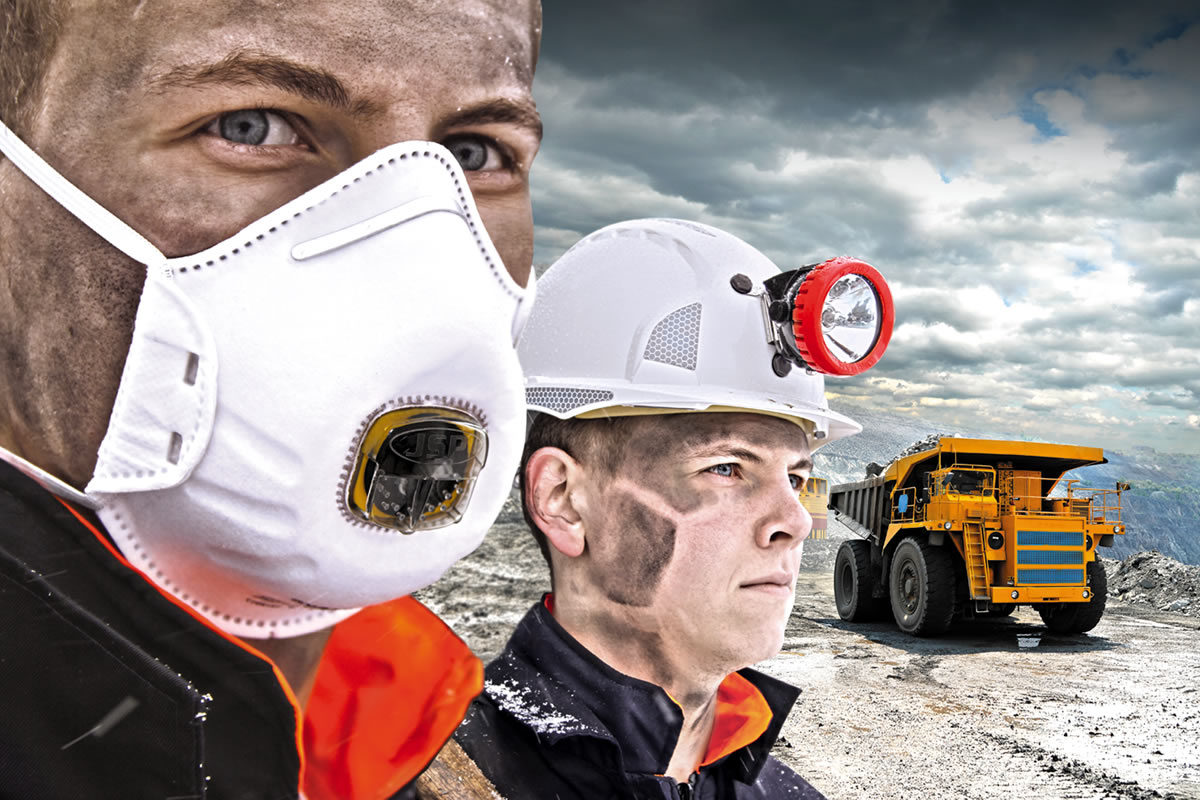
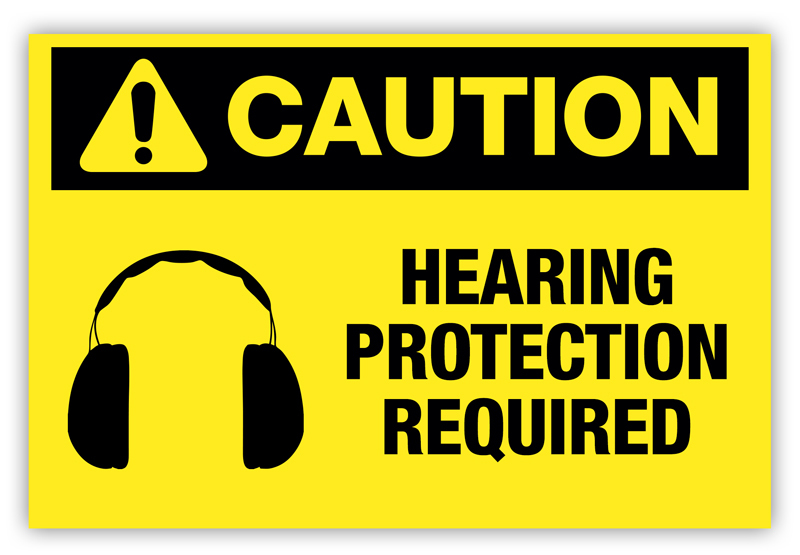






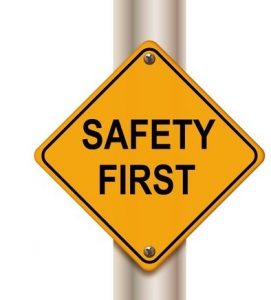

/GettyImages-106887659-56a1bd143df78cf7726d82ce.jpg)

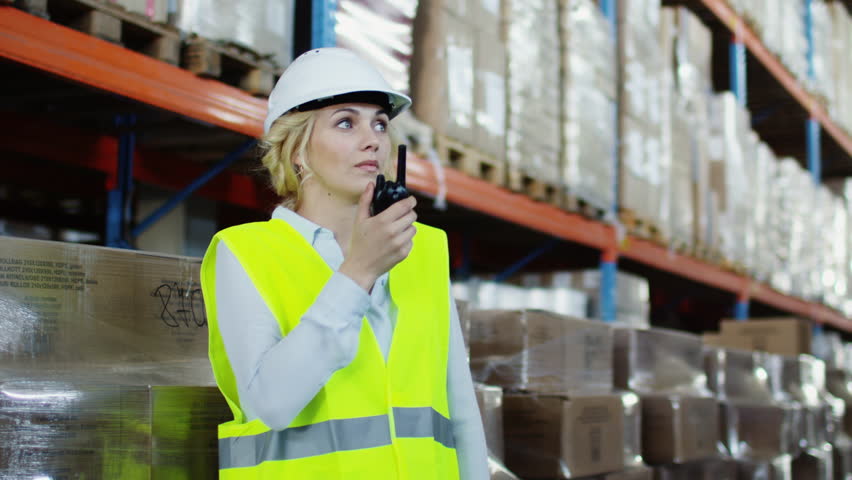)

